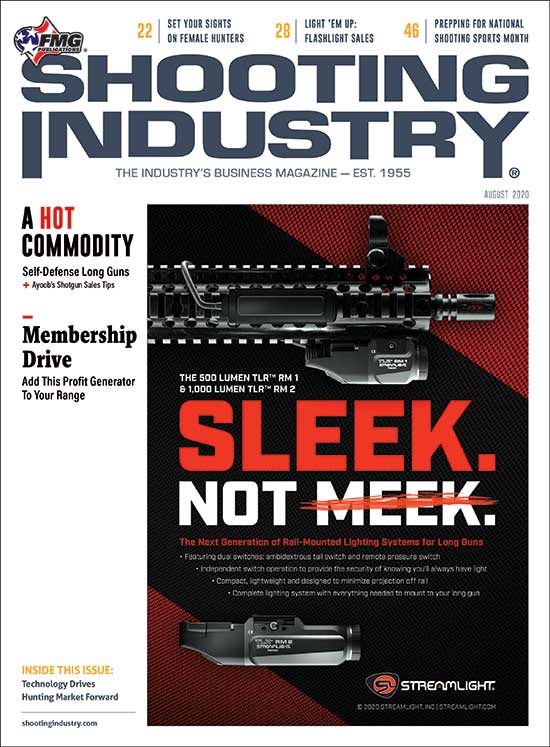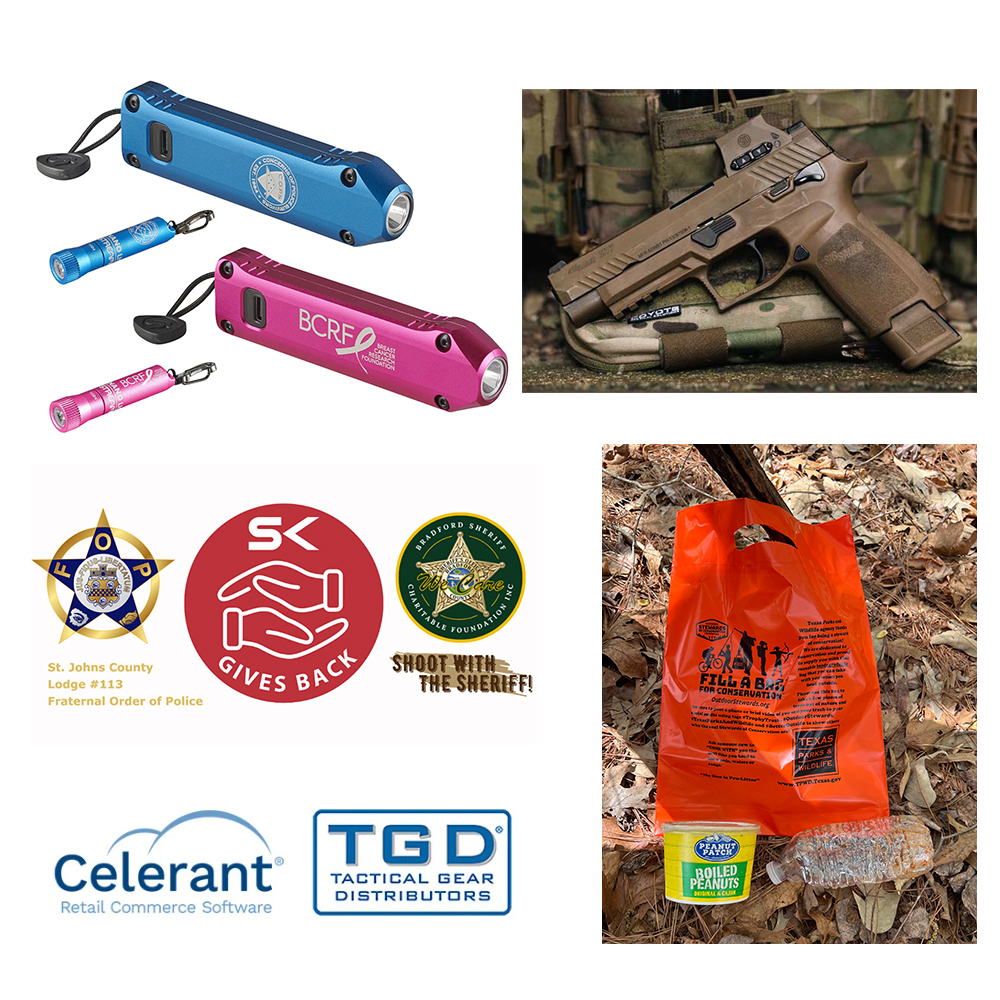2. Professional
In addition to being positive, make sure you conduct every part of your business in a professional manner. You’d think this goes without saying, but let’s remind ourselves of one thing: the nature of a pandemic and its widespread horrible results can tempt anyone with justifying some poor behavior in any number of arenas. If you endured real, difficult consequences — loss of revenue, loss of staff, serious disruption to your supply chain or other hardships — as a business owner you may be tempted not merely to assign blame (which isn’t necessarily unprofessional) but also to demean the people associated with causing the hardship. “The governor’s ‘shut down’ order brought my business to a halt” is much different from “That idiot governor totally messed up my livelihood.”
You have every right to your feelings and every right to say what you want. But if you’re going to run a business or open a business following a pandemic, trying to get it off the ground again, you’ll likely do much better from a marketing standpoint by keeping it professional.
You’ve heard the saying misery loves company. It’s likely a customer or two will voice some malice toward this or that as they seek to assign blame and possibly demean someone in the process. Be warned: it’s easy to fall into the trap of creating even more misery and becoming unprofessional. Don’t do it. Not only is it miserable; customers will flee.
Reopening In The
COVID Era: The 4 Ps
The four Ps of marketing — Product, Price, Promotion and Place — always demand thoughtful consideration, no matter what’s happening in your market. In the era of COVID-19, especially when you’re reopening and getting back to whatever normal there is to get back to, four more Ps come to bear when thinking through your marketing plan. With life and business opening and getting back on course, you and your business need to stay positive, professional, persuasive and prepared.
1. Positive
The world just experienced a pandemic. It was — and may still be in many places — awful on any number of levels. Governments and leaders acted in ways ranging from incompetent to exceptional. Generally, the effect on business was terrible. In this reality, business owners and managers — as bruised and battered as they may be — need to stay positive. This means a positive outlook, a positive attitude and positive words. To be clear, this isn’t a call to not see the difficulty as it is, nor is it a call to a fluffy, uninformed optimism. Rather, in marketing your business, be seen in your customer’s eyes as a source of positive-ness or positivity or with just a general, upbeat approach to providing your goods and services.
The positive outlook is defined as a belief that not only is America’s free market economy the best economy for both business and customer, but you’re also going to gladly participate in it, embracing the risks and rewards.
The positive attitude is defined as thinking that acknowledges the negatives, adjusts accordingly and dwells on finding real solutions to real problems.
And the positive words? If the positive outlook and attitude are in place, then the words flowing out of your mouth should follow a similar course — upbeat, happy, hopeful, encouraging. There’s a bit of rah-rah cheerleading here, yes, because as a business leader you need to inspire the people around you — staff and customers — that you’re in it to win it, you’re for them and we’re all ready to move forward together.
3. Persuasive
Being persuasive is very similar to promotion — one of the original Ps of marketing. The persuasion to strive for here and now is a different kind of persuasion than mere promotion. With a course set to positivity and professionalism, you have a foundation for persuading staff, customers, suppliers, vendors and more you’re open for business and ready to make it all happen again. The persuading you’ll need to do is akin to purposeful leadership — take charge of what you can and get others to move in a similar direction.
Effective persuasion requires a good example, consistently and intentionally communicated to both staff and customers.
Staff — Few people are as motivated for a business to succeed as the owner or perhaps a top-level manager. Many of you do what you do because you love it and you’re good at it. You can’t do it for free and no one’s asking you to. There’s a drive in you that keeps you going. This drive needs to be passed on to others — by a variety of means, and one of them is through the pay that comes with employment. Your staff shows up because they’re paid. Paying them can be an on-going means of persuasion if managed properly through oversight, reviews and feedback. Reopening can be a great time to level set your management practices — holding staff accountable and rewarding them for a job well done.
Customers — Business works when customers agree with a business’s value proposition and decide to pay for a product or service. You just have to get the customer to agree to the value proposition and pay. While many decisions to buy are based on impulse or emotion (consider most point-of-sale displays at grocery stores), your business will do better in the long run if customers are persuaded of the value of your product or service — a rational enterprise. This persuasion-turned-purchase can happen very quickly, yes. However, in the shooting industry it’s more likely the result of a customer’s careful research combined with a business’s efforts to be positive, personal and persuasive. As you reopen, ask customers why they buy from you. Ask customers who walk away why they didn’t buy. It’ll identify very quickly the points needing more persuasion.
4. Prepared
We’d like to think this is the last pandemic or global business disruption we’ll see. It’s not. So take a minute and think through all the ways you weren’t prepared for the COVID-19 situation. Think of the ways you were. Think of other disruptions to society or supply chain that could affect your business and create some kind of contingency or work-around. You might decide to diversify, stockpile or save up. In any case, have some kind of plan for how to handle a crisis, even if it’s just a long-term economic downturn. In the case of situations where customers may be unwilling or unable to get to your storefront or unable or unwilling to buy, a plan may at least lengthen your survival time.
This plays into marketing in a few ways: First, you can and should communicate to customers how you are constantly preparing to serve them. In the current situation as you reopen, it may look like personal protective equipment and social distancing. In the next situation, even not knowing what it may be, you can demonstrate a thoughtfulness toward your customers with a plan that communicates, in essence, you’re trying to do everything you can to cause as little disruption to customers as possible. Preparing, then, is a future-oriented view of customer service, which is marketing in the present.
Second, efforts to prepare your business offer an opportunity to spur other businesses in the same geographic area to prepare, too. The effect, from a community perspective, can be invigorating to business. Imagine a host of businesses in a city helping one another to better prepare for potential future disruptions. This could have the effect of creating a “buy local” atmosphere without the need for a local problem.
Keep All Eight In Mind
As you reopen and get back to traditional marketing — via product, price, promotion and place — remember to stay positive, professional, persuasive and prepared. These eight Ps all play off one another, creating a marketing mix meant to bring customers to your store again and again.
How are you applying the 4 Ps in your interactions with customers?
Let the SI team know:
comments@shootingindustry.com






